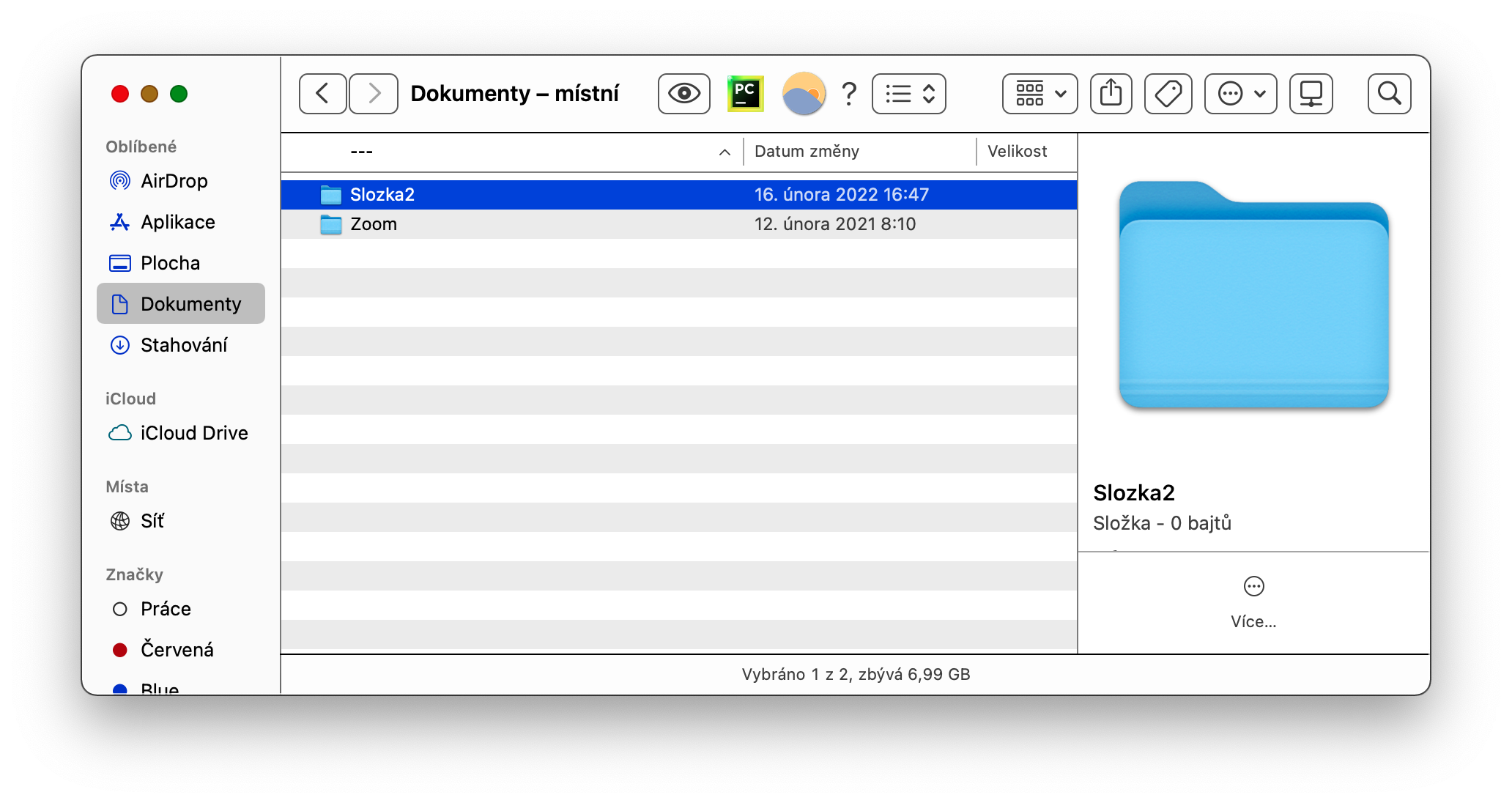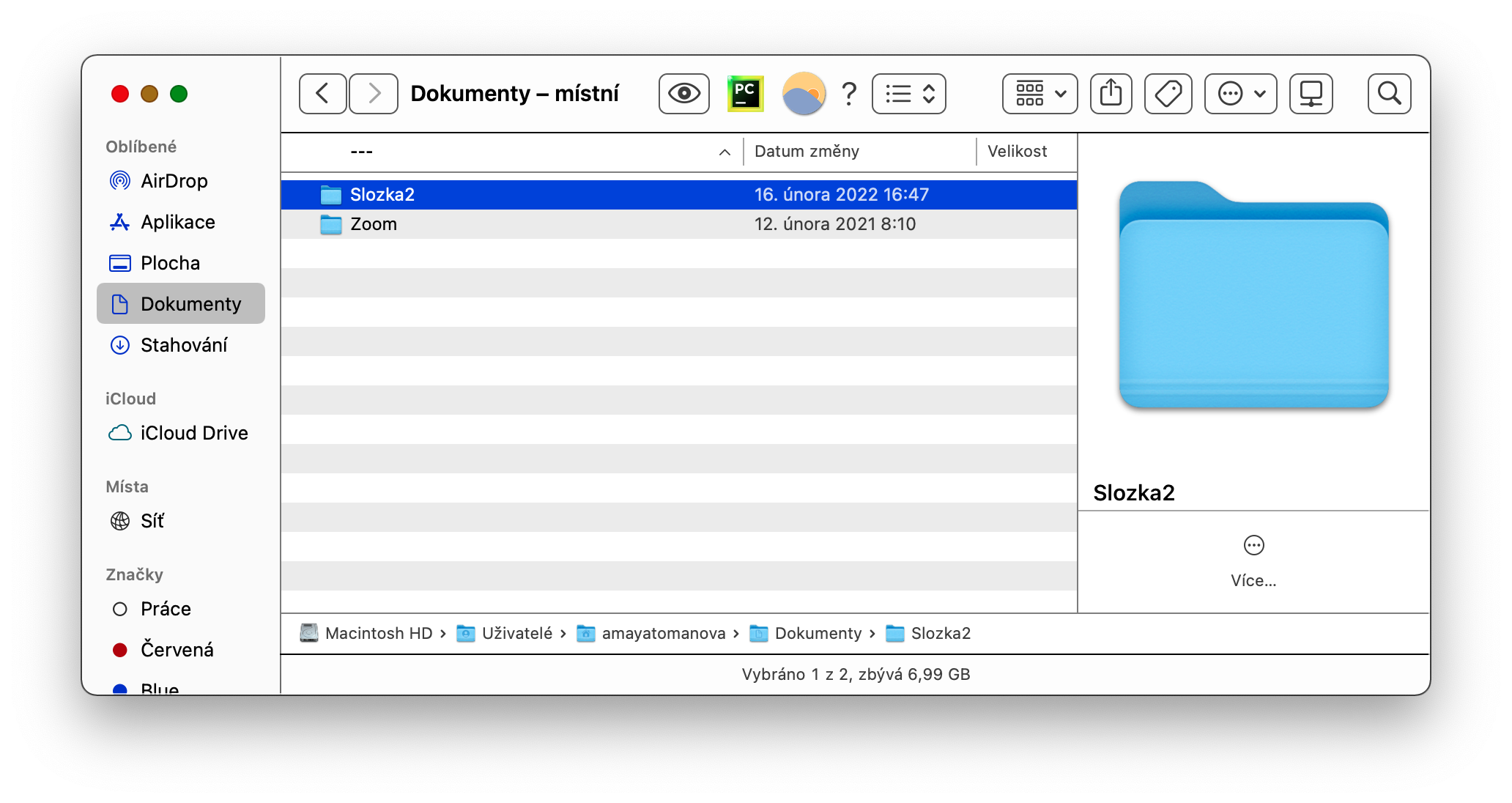Each of us certainly wants to have an overview of how his Mac is doing. The macOS operating system offers a number of ways to find out details about battery health, processor usage and other important parameters. In today's article, we will introduce several of them.
It could be interest you
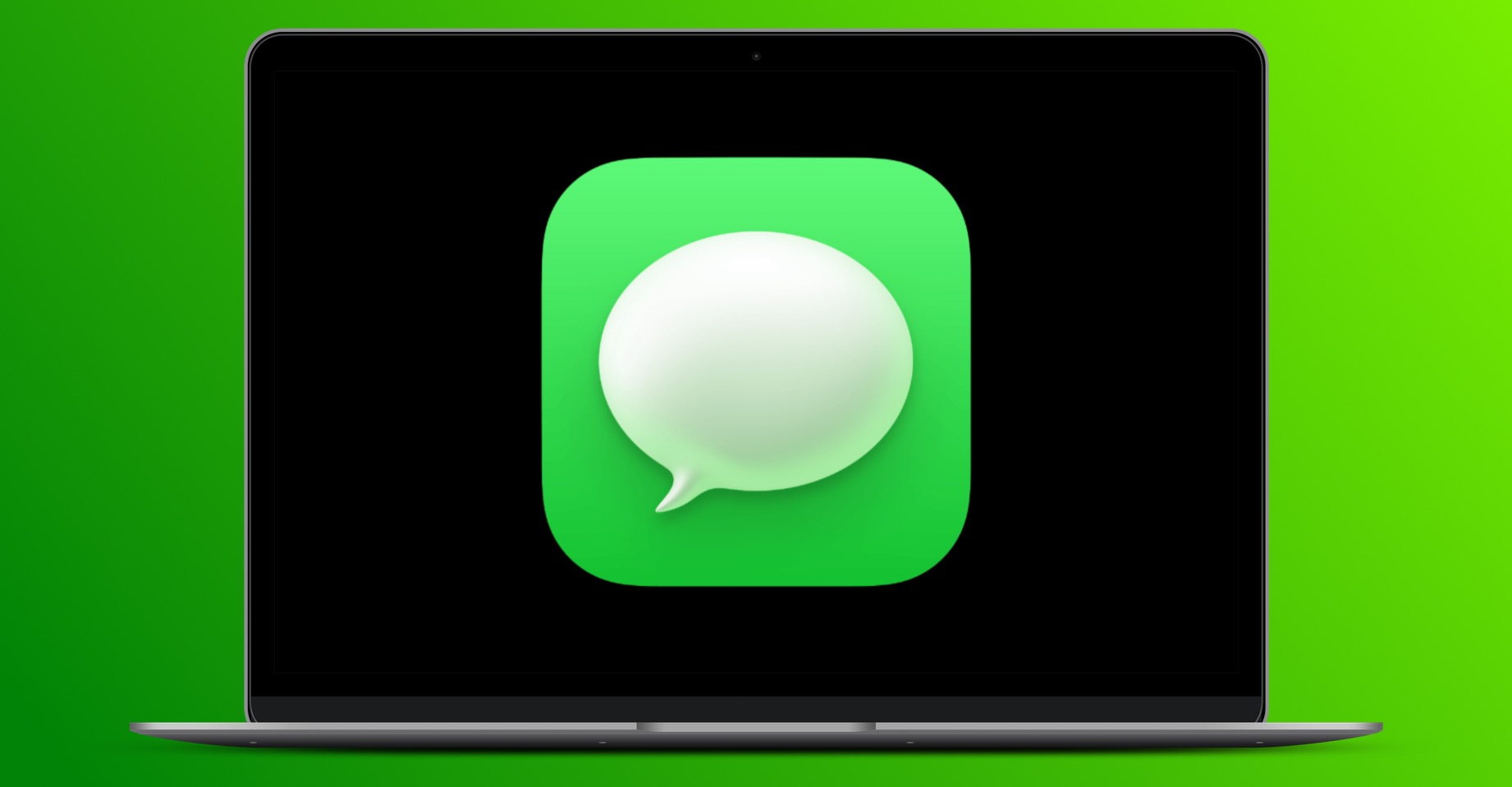
CPU load
Seasoned apple users are certainly familiar with the Activity Monitor utility, but it remains a secret to many beginners. At the same time, it is a useful tool, with the help of which you can, for example, find out which processes can potentially slow down your computer. To find out CPU utilization and other system information, run Activity Monitor - either through Spotlight or in the Finder via Applications -> Utilities -> Activity Monitor. On the bar at the top of the application window, you can then click on the selected tab to view details about CPU, memory, consumption, disk or network usage.
It could be interest you

Battery data
If you use a MacBook, you definitely care about keeping your battery in the best possible condition. If you're worried that your MacBook's battery might be dying, you can find out relatively easily and quickly how it actually is and how many cycles it has left. In the upper-left corner of your Mac screen, click the menu and hold down the Option (Alt) key. In the menu that appears, click on System Information -> Power. In the panel on the left of the window, click on Power, and in the Battery Information section you will find everything you need. Apps are also great at showing you details about your MacBook's battery coconutBattery.
Internet connection data
There are quite a few tools available that allow you to get an overview of your internet connection (specifically its speed). Some are downloadable as an app, others work online in a web browser environment. However, the native Terminal on your Mac can also help you find out details about your connection. All you have to do is launch it (via Spotlight or in the Finder via Applications -> Utilities -> Terminal), type the command into it networkquality and press Enter.
It could be interest you
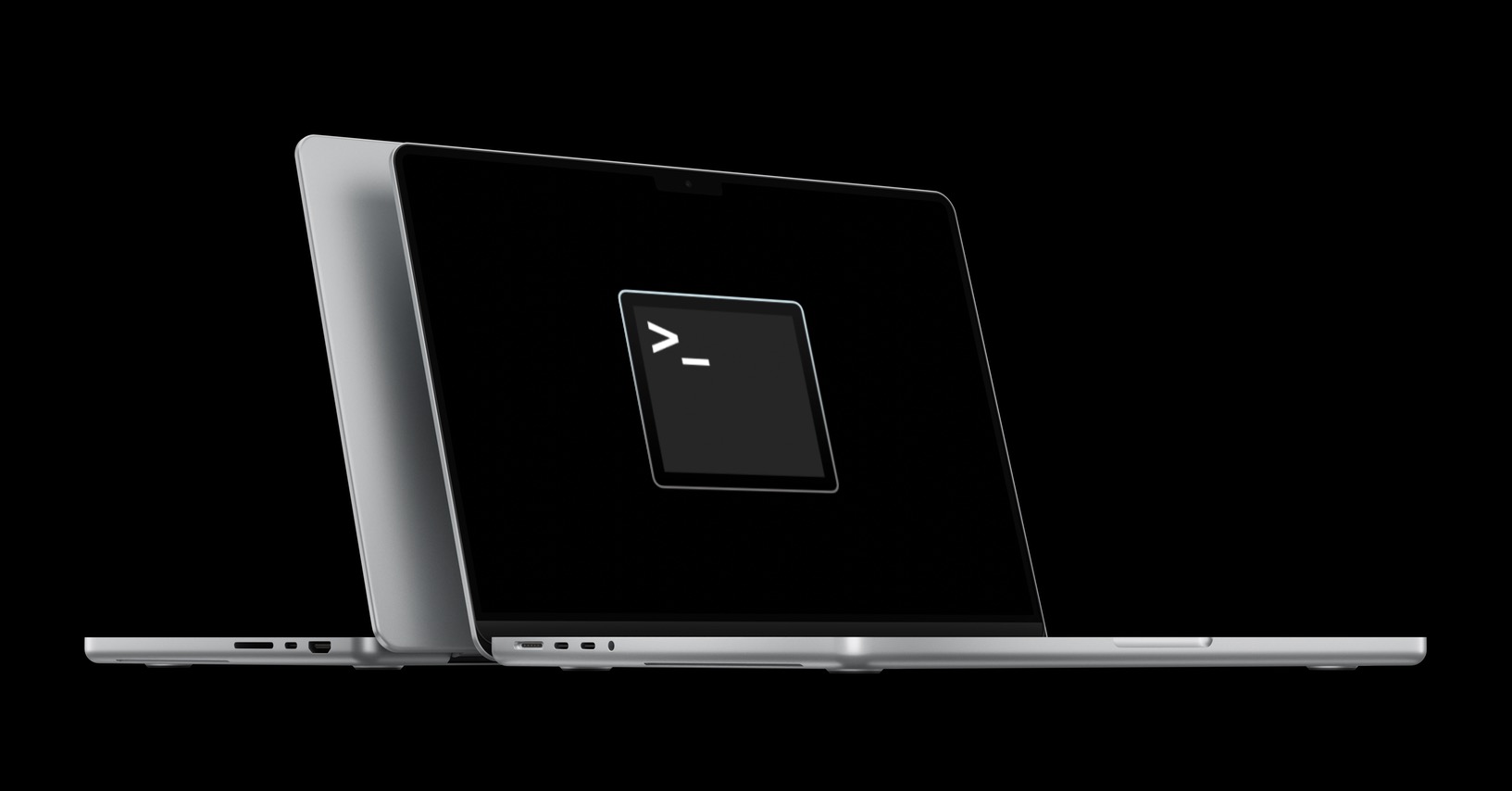
Operating system version
There may be times when, for whatever reason, you need to know the exact version of the operating system currently installed on your Mac. You can get this information quickly and easily after clicking the menu -> About this Mac in the upper left corner of your computer screen. Under the inscription with the main name of the OS, click on the information about the version, and you will see additional information in brackets next to this information.
Display full path to folders
Our last tip isn't directly related to Mac hardware, but it's definitely a useful way to find out the information you need. Specifically, it involves finding the full path to an open folder on your Mac. To see the full path to a folder in the Finder, just launch the Finder and then press Cmd + Option (Alt) + P. The path to the folder will appear at the bottom of the Finder window. It's fully interactive, so you can, for example, drag and drop content from your Mac's desktop into the displayed folders.


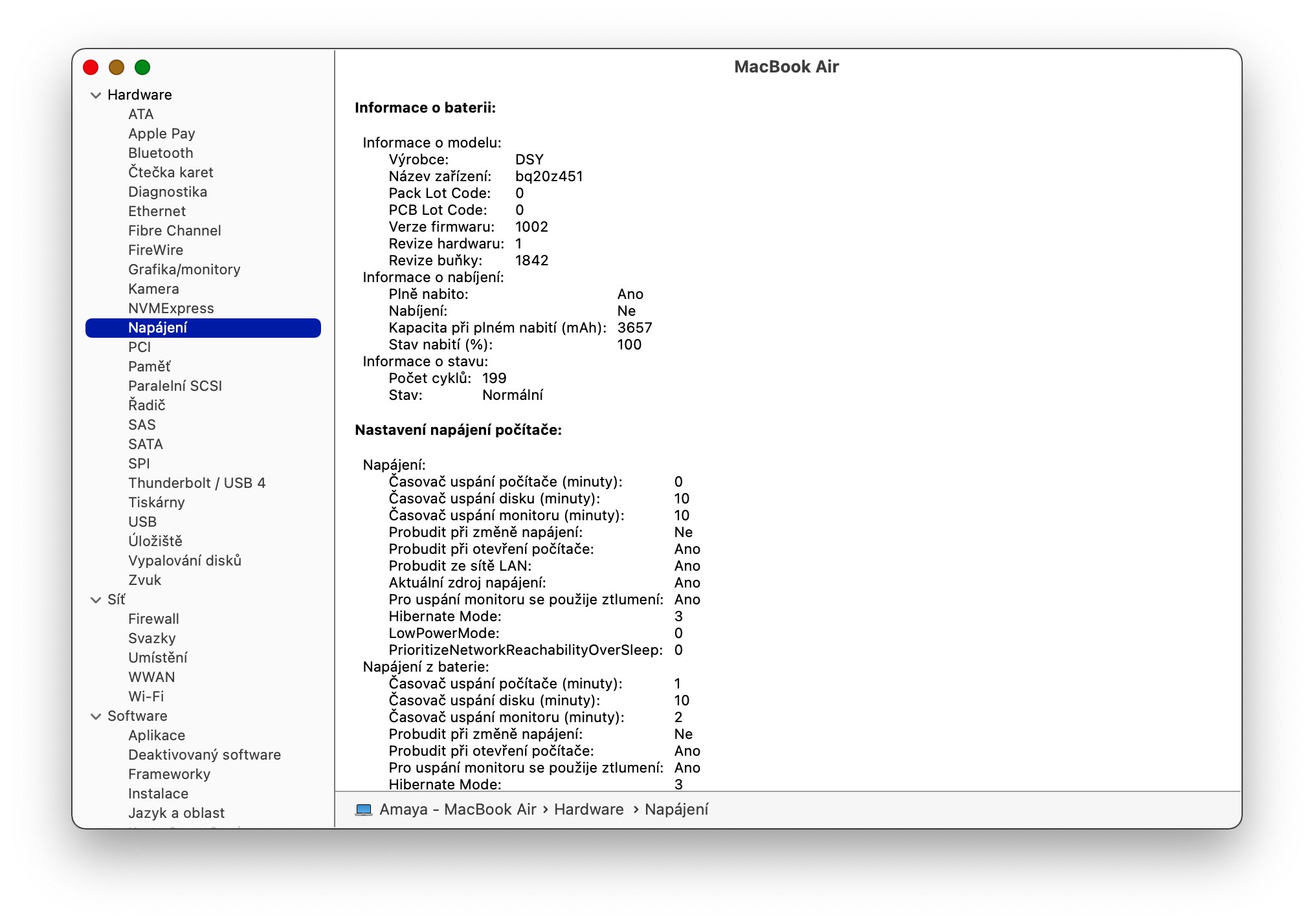
 Flying around the world with Apple
Flying around the world with Apple 


